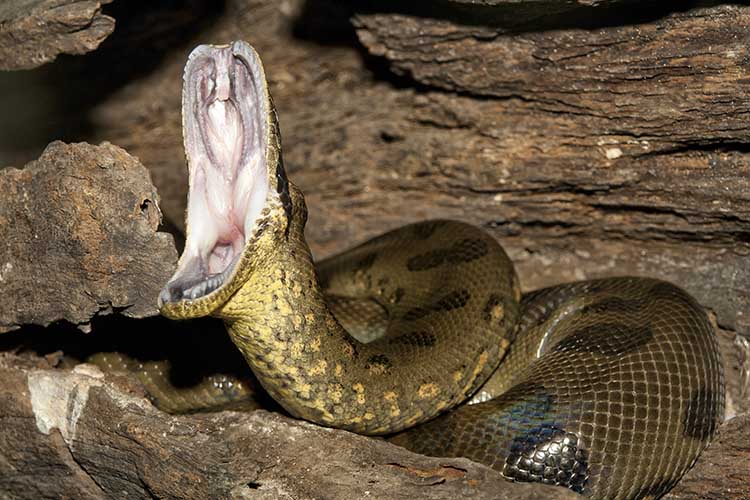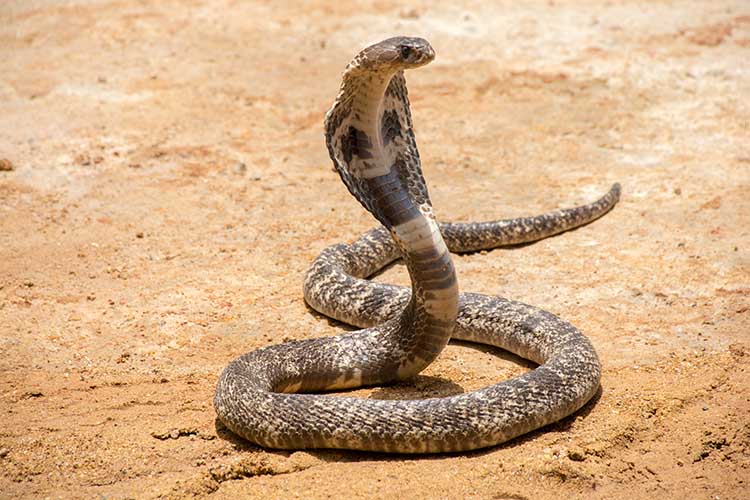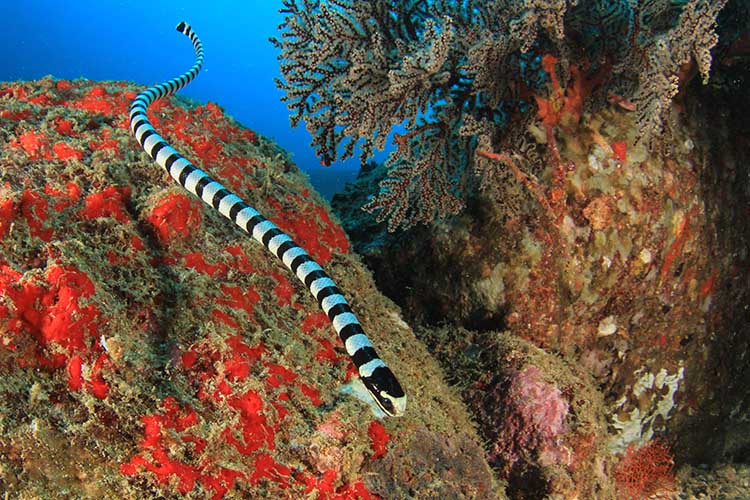
New research is uncovering how and why snakes diversified so rapidly and successfully
By
Around 100 million years ago, one group of nondescript lizards evolved in a way that, on first hearing, doesn’t sound hugely advantageous: they lost their legs. What happened next has been described as one of evolution’s greatest success stories.
Combined with the arrival of new chemical detection systems to find and track prey, and flexible skulls that enabled them to swallow large animals, the shift from walking to slithering preceded a ‘a burst of innovation in form and function’ which saw snakes evolve up to three times faster than lizards and with spectacular success.
Exactly what triggered the evolutionary explosion of snake diversity – a phenomenon known as adaptive radiation – hasn’t been clear. Now, a large genetic and dietary study of snakes, from an international team led by University of Michigan biologists, suggests that it comes down to a complicated mix of speed and versatility.

‘Snakes evolved faster and – dare we say it – better than some other groups. They are versatile and flexible and able to specialise on prey that other groups cannot use,’ said Rabosky, a curator at the U-M Museum of Zoology and a professor in the Department of Ecology and Evolutionary Biology.
The result is an impressive resilience. When an asteroid impact wiped out roughly three-quarters of the planet’s plant and animal species, snakes thrived. Today, there are around 4,000 species of the remarkable legless lizards all across the globe, found on every landmass apart from Antarctica, Iceland, Ireland, Greenland, and New Zealand.
Leglessness alone doesn’t reveal why snakes are so successful. Australia’s legless gecko both lost its legs and evolved a flexible skull, but the creature has barely diversified over millions of years. In fact, the researchers note that 25 different groups of lizards also lost their limbs, but only snakes experienced such explosive diversification. Loss of legs may have been the trigger for snakes’ evolutionary burst, but it was not the ultimate cause.
Instead, it appears there is something special about snakes and the researchers believe it could be hidden in their genes: some quirk that allowed them to be evolutionarily flexible while other groups of organisms were much more constrained.
‘A standout aspect of snakes is how ecologically diverse they are: burrowing underground, living in freshwater, the ocean and almost every conceivable habitat on land,’ said Alexander Pyron, study co-author and an associate professor of biology at George Washington University. ‘While some lizards do some of these things – and there are many more lizards than snakes – there are many more snakes in most of these habitats in most places.’

To conduct their study, the researchers generated the largest and most comprehensive evolutionary tree of snakes and lizards by sequencing partial genomes for nearly 1,000 species. In addition, they compiled a huge dataset on lizard and snake diets, examining records of stomach contents from tens of thousands of preserved museum specimens. By feeding this vast data set into sophisticated mathematical and statistical models, they were able to confirm the sheer extent of the explosive diversification experienced by snakes.
This dietary evidence collected was a particularly significant part of the study. ‘One of our key results is that snakes underwent a profound shift in feeding ecology that completely separates them from other reptiles,’ Rabosky said. ‘If there is an animal that can be eaten, it’s likely that some snake, somewhere, has evolved the ability to eat it.’
Ultimately, it is incredibly difficult to pinpoint the exact causes of adaptive radiation – the phenomenon whereby a single or small group of ancestral species rapidly diversifies into a large number of descendant species. The reasons why some creatures diversify much faster than others can be hugely varied and complex. What’s clear is that these ‘once-in-evolutionary-history’ events seem to crop up throughout history when viewed on a geological timescale. The sudden emergence and subsequent dominance of flowering plants is another example.
For snakes, it has meant 66 million years of remarkable diversification, resulting in one of the most successful groups of animals on the planet.




